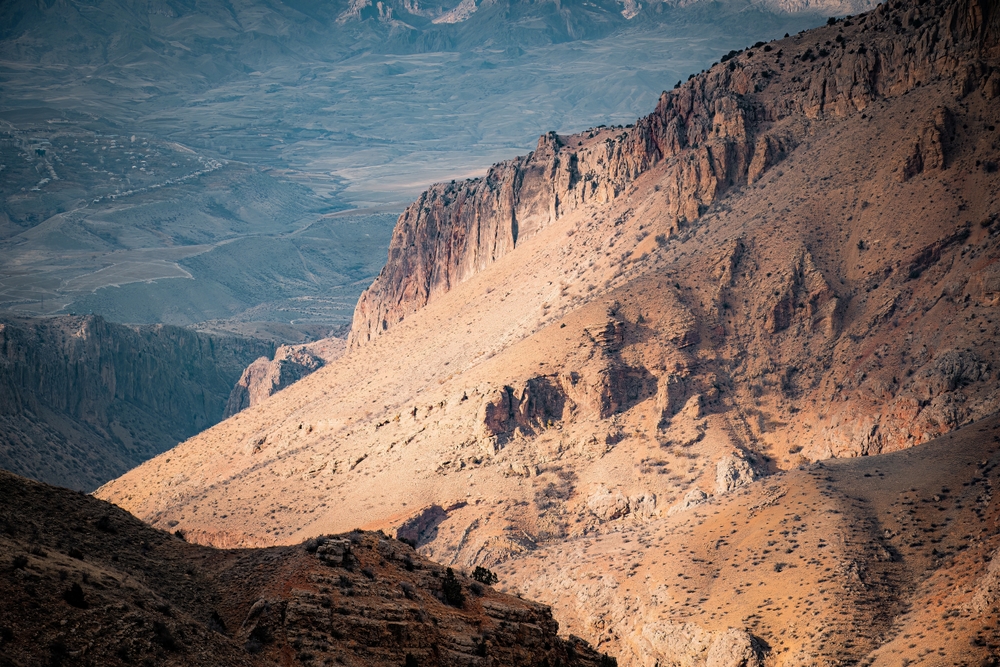The first national park in Armenia is Dilijan National Park, established in 2002. Located in the northern region of the country, this park was created to preserve its rich biodiversity and unique forest ecosystems. Dilijan is known for its dense woodlands, rivers, and cultural sites, making it a key area for both conservation and tourism.
About Armenia National Parks
Armenia, a country at the crossroads of Europe and Asia, is renowned for its rich cultural heritage and breathtaking natural landscapes. As a nation committed to environmental preservation, Armenia has established four national parks to safeguard its unique biodiversity, historical sites, and scenic beauty. These national parks play a vital role in conserving the country’s ecosystems while offering opportunities for eco-tourism and outdoor recreation.
Dilijan National Park, often referred to as the “Armenian Switzerland,” is one of the most popular parks. Located in the northeastern Tavush Province, it is characterized by lush forests, alpine meadows, and a variety of flora and fauna. The park is also home to several historical landmarks, including ancient monasteries like Haghartsin and Goshavank, which blend cultural exploration with natural beauty. Dilijan’s diverse habitats are a haven for wildlife such as brown bears, wolves, and numerous bird species, making it a favorite destination for nature enthusiasts.
Sevan National Park surrounds the iconic Lake Sevan, one of the largest freshwater high-altitude lakes in the world. The park protects not only the lake’s unique aquatic ecosystems but also its surrounding wetlands, forests, and meadows. Lake Sevan is a critical site for migratory birds and is popular for recreational activities such as swimming, fishing, and boating. Historical sites like the Sevanavank Monastery add cultural depth to the park, attracting visitors interested in both nature and history.
Lake Arpi National Park, located in the northwestern Shirak Province, is another highlight. This park centers around Lake Arpi, a key reservoir that supports diverse bird populations, including several endangered species. It is part of the Ramsar Convention, emphasizing its importance as a wetland of international significance. Arpi Lake National Park also contributes to the protection of Armenia’s unique steppe ecosystems, making it an essential area for conservation.
While Armenia’s national parks showcase the country’s commitment to preserving its natural and cultural heritage, they face challenges. Overgrazing, deforestation, and illegal hunting threaten biodiversity in some areas, while climate change poses risks to water resources and fragile ecosystems. However, there have been notable conservation successes. For instance, the reintroduction of the Caucasian leopard and improved management of forested areas reflect ongoing efforts to restore ecological balance. Community-based initiatives and eco-tourism programs have also provided alternative livelihoods for local populations, reducing pressure on natural resources.
Armenia’s national parks not only protect the country’s natural treasures but also serve as spaces where history, culture, and biodiversity intersect. By addressing conservation challenges and building on successes, Armenia continues to strive toward a sustainable balance between environmental stewardship and human development.
Scroll Down for an Alphabetical List of National Parks in Armenia
Armenia National Parks
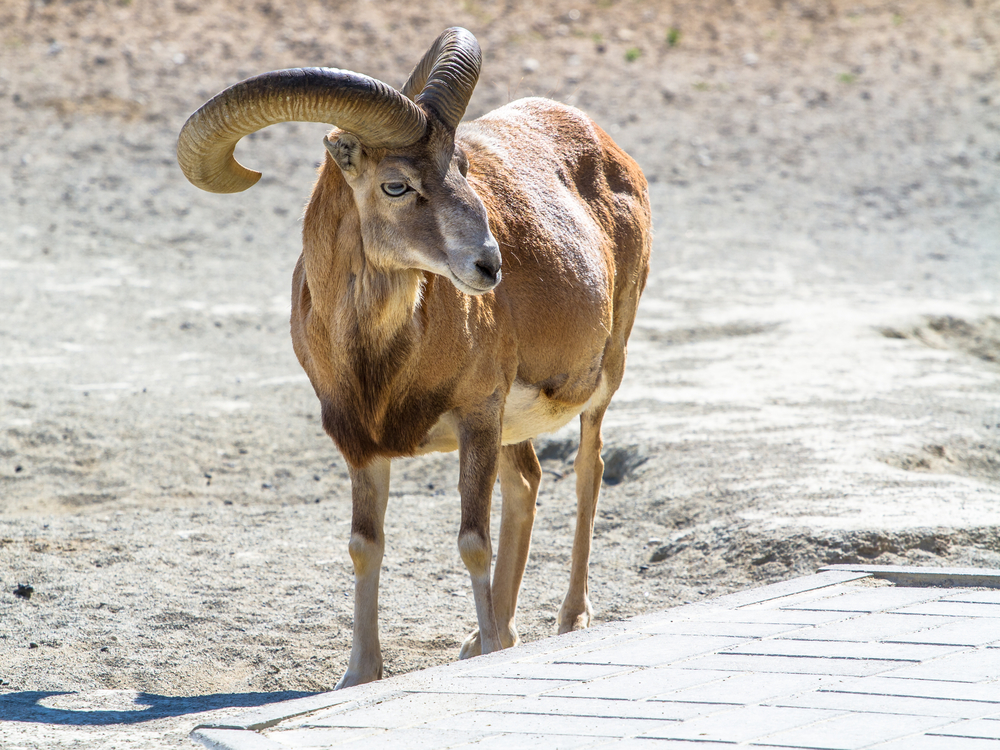
Arevik National Park
Explore Now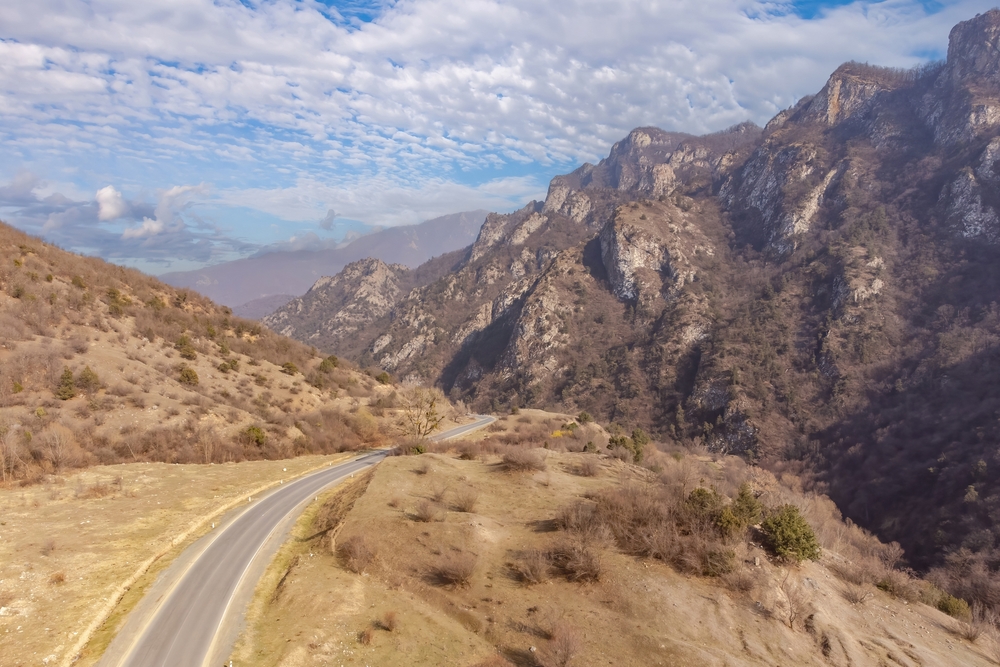
Dilijan National Park
Explore Now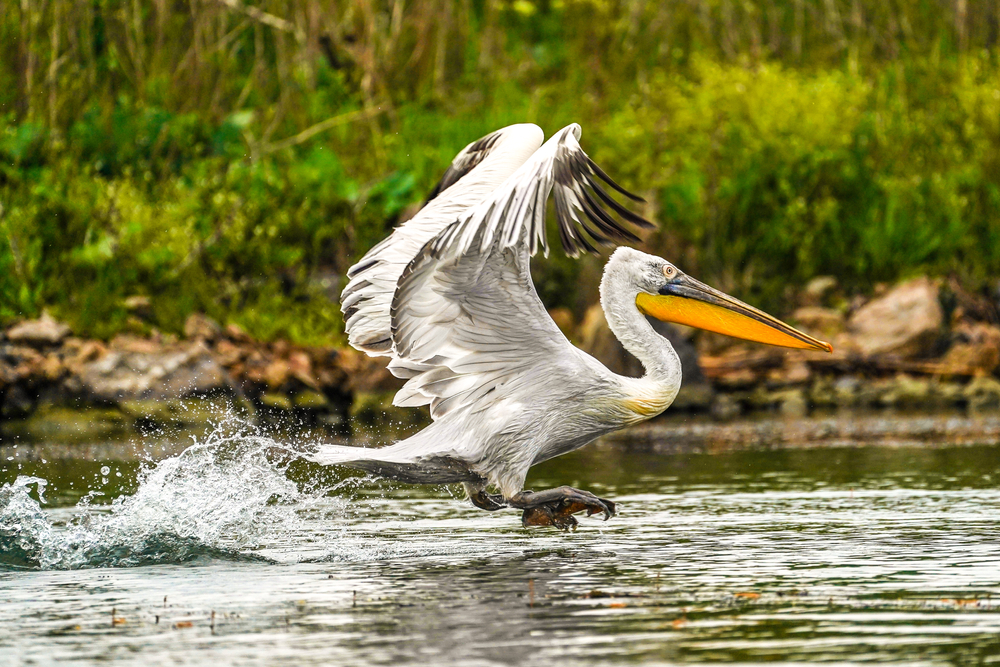
Lake Arpi National Park
Explore Now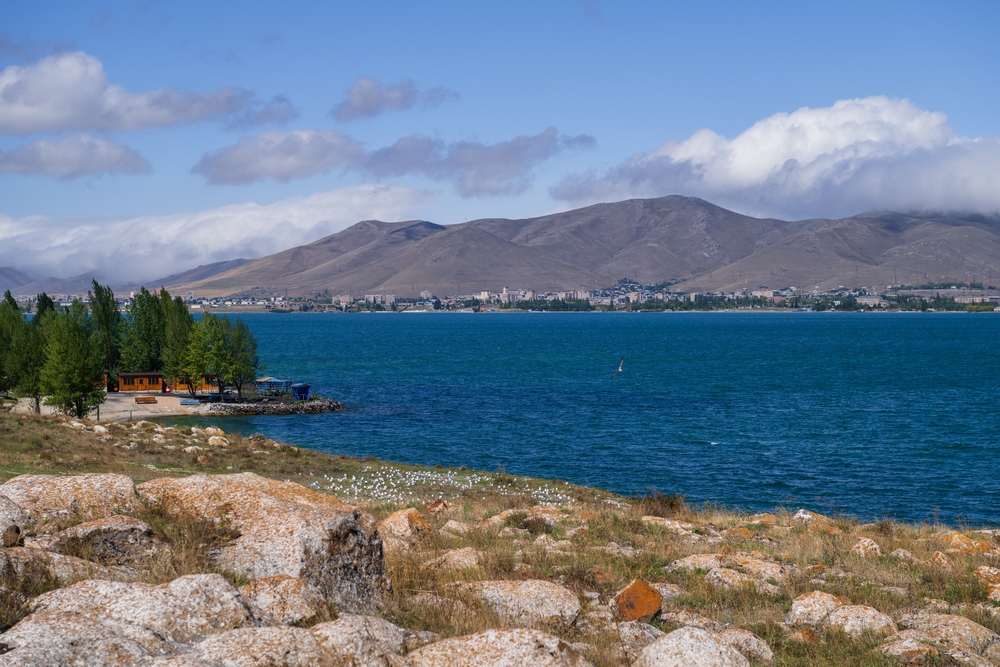
Sevan National Park
Explore NowFAQ’s
1. What was the first national park in Armenia?
2. What is the largest national park in Armenia?
Lake Arpi National Park is the largest national park in Armenia, covering about 250 square miles (643 square kilometers). Established in 2009, the park is located in the northwestern part of Armenia, near the border with Georgia and Turkey.
Lake Arpi and the surrounding wetlands are home to diverse wildlife, including many bird species, making it an important site for ecological research and conservation.
3. What is the smallest national park in Armenia?
The smallest national park in Armenia is Sevan National Park, covering around 582 square miles (1,510 square kilometers). While the park is not the smallest in total area, the land area surrounding Lake Sevan, one of the largest freshwater high-altitude lakes in the world, is relatively smaller in comparison to other national parks. The park plays a crucial role in protecting the lake and its ecosystems.
4. What is the most popular national park in Armenia?
Sevan National Park is the most popular national park in Armenia, known for the breathtaking beauty of Lake Sevan. Its main attractions include the turquoise waters of the lake, which is a popular destination for swimming, boating, and relaxing by the shore.
The park is also home to the Sevanavank Monastery, perched on a peninsula, offering visitors a blend of natural beauty and cultural heritage. Sevan National Park is a favorite destination for both locals and tourists seeking to enjoy Armenia’s natural landscapes and historical sites.
5. What percentage of Armenia’s land area is protected through official National Parks?
Approximately 13% of Armenia’s land area is protected through national parks and nature reserves. This amounts to around 4,400 square miles (11,500 square kilometers), with the goal of conserving the country’s rich biodiversity, mountainous landscapes, and unique ecosystems.
6. What other protected areas are there in Armenia?
In addition to its national parks, Armenia has several nature reserves and sanctuaries dedicated to protecting specific ecosystems and species. The Khosrov Forest State Reserve, one of the oldest protected areas in the world, covers around 114 square miles (296 square kilometers) and preserves a unique semi-desert and forest ecosystem.
The Zangezur Biosphere Complex in southern Armenia is another significant protected area, home to a variety of endangered species such as the Caucasian leopard and Armenian mouflon.
Armenia also has several smaller wildlife sanctuaries, such as the Arpi Lake National Park, which is a key site for bird conservation, particularly migratory species.
7. What nature attractions does Armenia have apart from National Parks?
Armenia boasts a variety of natural attractions beyond its national parks. The Geghama Mountains, with their volcanic landscapes and petroglyphs, offer excellent opportunities for hiking and exploring ancient culture. The Cave of Lastiver, located near Ijevan, is a stunning waterfall and cave system set in a deep gorge, popular among adventure travelers.
The Tatev Gorge, where visitors can ride the world’s longest reversible aerial tramway, provides breathtaking views of the surrounding landscape and access to the historic Tatev Monastery.
Armenia is also home to Mount Aragats, the tallest peak in the country, which attracts mountaineers and trekkers. Additionally, Lake Sevan, the largest lake in the Caucasus region, is a popular destination for water sports, bird-watching, and relaxation along its sandy beaches.
8. What species are endemic and unique to Armenia alone?
Armenia is home to several unique species, particularly those adapted to its mountainous and forested environments. The Armenian mouflon, a type of wild sheep, is native to the rugged mountains of Armenia and neighboring regions.
The Caucasian leopard, while critically endangered, is found in Armenia’s southern reserves like Khosrov and Zangezur.
The country is also home to several endemic plant species, such as the Armenian tulip, which blooms in the country’s alpine meadows.
The Armenian viper, a venomous snake, is another species unique to the region.
9. What is Armenia's main international airport?
Armenia’s main international airport is Zvartnots International Airport (IATA code: EVN), located near the capital city, Yerevan. It serves as the primary gateway for international travelers to Armenia.
10. What international airline companies fly into Armenia?
The following international airline companies fly into Armenia:
- Air France
- Austrian Airlines
- EgyptAir
- FlyDubai
- LOT Polish Airlines
- Qatar Airways
- S7 Airlines
- Wizz Air
11. Who manages the national parks of Armenia?
The national parks and protected areas in Armenia are managed by the Ministry of Environment of the Republic of Armenia, specifically its Biodiversity and Protected Areas Department.
This governmental body oversees the conservation and sustainable use of natural resources, while various international organizations like the World Wide Fund for Nature (WWF) and Conservation International collaborate with the government on biodiversity protection efforts.
More information can be found on the official website: http://env.am.








































































